Latest From The Sayu Blog
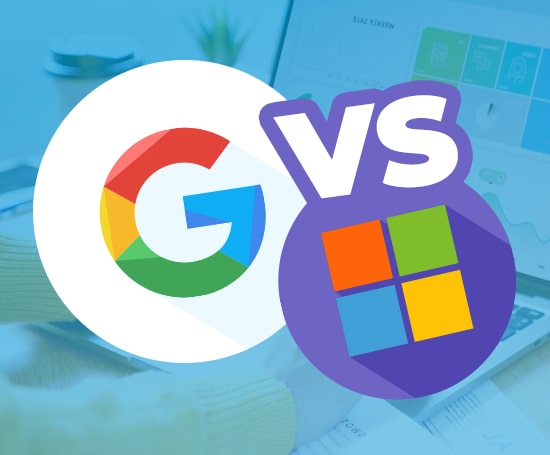
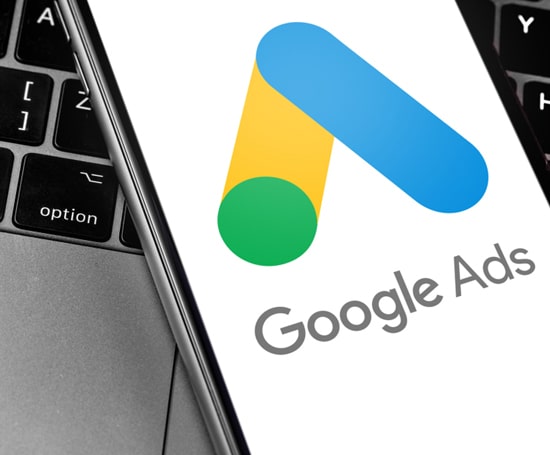
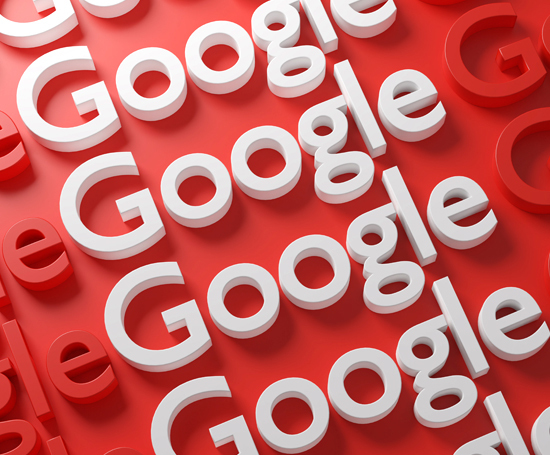
March 2023
Google's Paid Advertising program - now known as Google Ads - has been around since October 2000.
Over that time a lot has changed.
Many of the changes have had a positive effect on the management of Google Ads accounts and have resulted in improved performance.
More recently, however, Google seems to be pulling back on the control advertisers and agencies have over their accounts.
Who is the big winner in this process, Google or the advertiser?

Within Google Ads, you can bid on keywords, which then trigger your Ad if the search contains or exactly matches the keyword. Or at least, that was how it used to be.
Google introduced close variant matching in 2014, which meant keywords could also be matched to misspellings and plurals. This was probably a good development, given that you didn't have to have a keyword for all possible misspellings.
Unfortunately, though, close matching has further evolved into a much broader definition, now matching keywords to any searches Google considers as a 'similar' search. We have seen many examples where the search is far from similar to the actual keyword!
The change gives Google almost complete control as to when an ad is shown, which could be for irrelevant searches or searches unlikely to result in leads, sales, or orders.
Continuous monitoring of search terms is therefore essential, making sure any irrelevant searches are covered by negative keywords.
But even then, there will always be clicks that you are paying for due to close matching variants that you didn't want and wouldn't have received under the old matching.
Google 1 – 0 Advertiser


The keywords an advertiser bids on are usually split into different Campaigns and Adgroups, covering different areas of a business.
This helps to keep the account structured and transparent, making it easy to see how the different areas are performing and to make appropriate changes to ensure optimal performance.
Individual Adgroups would contain keywords around a specific theme, with ads tailored to the keywords within those Adgroups.
Close variant matching has, however, resulted in ads triggering for searches that might be relevant, but for which the Adgroup wasn't intended (and for which a different Adgroup was set up to catch that search).


For example, when setting up a campaign for a client selling boxes, we had different Adgroups set up for different types of boxes people might search for. Amongst them, we had an Adgroup for moving boxes and one for packing boxes. Due to a lower conversion rate in the packing boxes Adgroup, we set a lower bid in that Adgroup.
However, due to close variant matching, the moving boxes Adgroup (with a higher bid) started to trigger the ad for packing boxes instead.
This meant that the client was paying too much per click for 'packing boxes' searches, and moreover, that the ad wasn't tailored to that search - resulting in a lower CTR, lower Quality Score, and a higher CPC.
2 - 0 to Google!


Text ads have changed over time, from standard text ads with one headline and two description lines to responsive ads with a choice of multiple headlines and descriptions.
When we only had standard text ads available, we could use different ads with different headlines and descriptions, to see which ones would perform best.
With responsive Ads, this control is given to Google. Additionally, with data now only provided on how often the different headlines and descriptions have shown (i.e. impressions), it is impossible to determine how these ads are actually performing.
This means the Quality Score might not be optimal which in turn could result in higher CPCs.
Google scores again!

Google's autobidding tools have been introduced and have evolved over time - and not entirely for the better!
With automated bidding, different bids can be set for different keywords. These set bids can be adjusted depending on the time of the search, the device used, the location, etc., all depending on performance - which is nothing different from our in-house developed bidding tool.
However, the difference is that Google has additional information available to it than the data that is makes available to advertisers, which it might use to determine the bid.
For example, Google knows what people have searched for before, what ads they have clicked on before, and which ads are in the same auction - all information that could influence performance - and bids may vary accordingly.
In the case of shopping ads, Google can determine how competitive your ad is compared to other ads in the auction, possibly bidding higher in cases you are more competitively priced.
We have used Google autobidding tools with success in cases where there is accurate conversion data available, but it always comes with the disadvantage of having very little control, and you still could be paying too much for some of the traffic.
In cases where limited conversion data is available, manual bidding is still the preferred option - giving the advertiser complete control, and taking into account information unavailable to Google.


The latest innovation by Google is the introduction of P-Max campaigns. With this system, Google not only takes away any control the advertiser might still have, but it also means that the advertiser lacks data that would help to ensure that P-Max campaigns perform in an optimal way.
P-Max campaigns can target both Google Shopping and Search, and whilst data is available on the different product groups in Shopping, little detail is given on Search traffic. Although Google gives 'insights' on the search terms, this is quite vague information - with no accurate data on clicks, impressions, cost, conversions, etc. on individual searches. There is also no option to add negative keywords at the campaign level, as you can only add account-level negative keywords which are applied to all campaigns.
Google also provides Audience 'insights', but the only information given is Click and Impression share for different audiences, which is then compared to the overall click and impression share this audience receives in the general population. This can prove to be problematic. For example, if you sell lighting products, you would of course expect that your click share in the Lights & Fixtures in-market audience is going to be bigger than the overall click share from this audience, so knowing how much bigger your share is, is rather useless information.
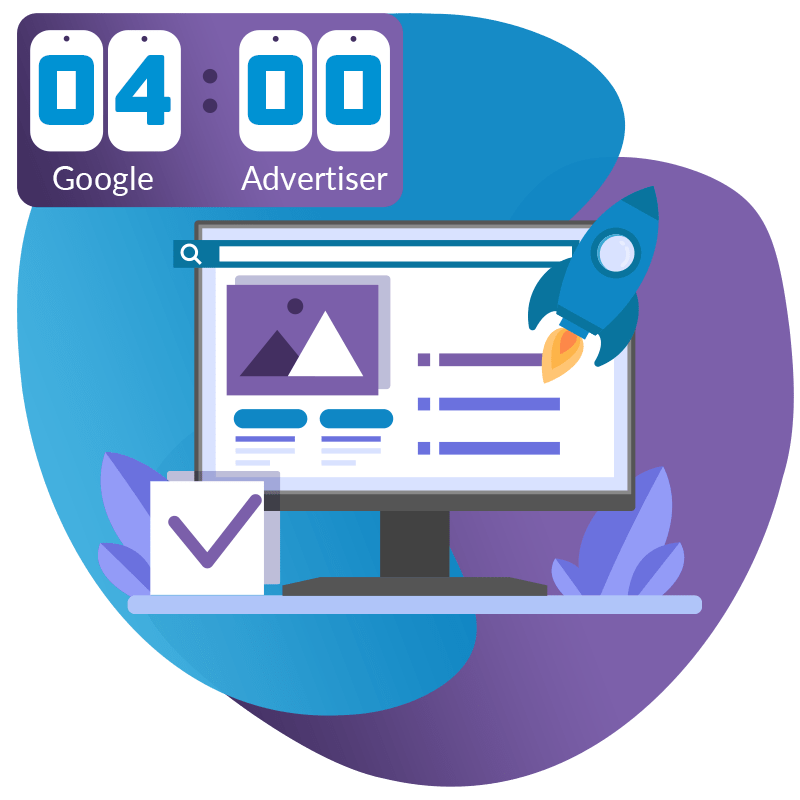
Instead, we should be able to see conversion and revenue data from the different audiences, as well as costs that would show the audiences are optimised.
Note however, that even if this data was available, there is no way to interfere with how much Google is bidding in cases where some of the audiences are not performing in the way they should!
It appears then, that Google tries to hide the details of P-Max performance.
Although the overall performance may look good with a ROAS that is set at the target level, it might not be optimal. As outlined in the examples given, it could be that you are paying too much for some of the clicks, and the amount spent on those clicks would possibly generate more revenue when spent on other clicks.
Again, it is Google that benefits!

A P-Max campaign can be set up with a goal to either maximise conversions or maximise conversion values. These can be supplemented with either a target CPA or target ROAS.
Whilst in other types of campaigns you can set different targets for different Adgroups, within a P-Max campaign you cannot. This makes it very restrictive.
If you temporarily want to push a certain group of products (for example a brand or type of product within a brand), you would have to set up a separate campaign for this purpose.
As we haven't found any evidence that P-Max outperforms other autobidding tools, we advise staying away from P-Max campaigns, so you have better control of your campaigns and what you are spending your money on.

While Advertisers previously had full control over their accounts, along with the ability to optimise their accounts using the growing amount of detailed data provided, Google appears to have performed a u-turn on this approach and is instead trying to take the control away from advertisers.
The biggest winner in this approach is Google, generating revenue through clicks that advertisers either didn't want at the cost they were charged or even, in many cases, didn't want at all!
To limit the damage of these changes, it has become even more important to manage the account efficiently and use Google's tools with care.
If you want to see how we can help you beat Google, give us a call!
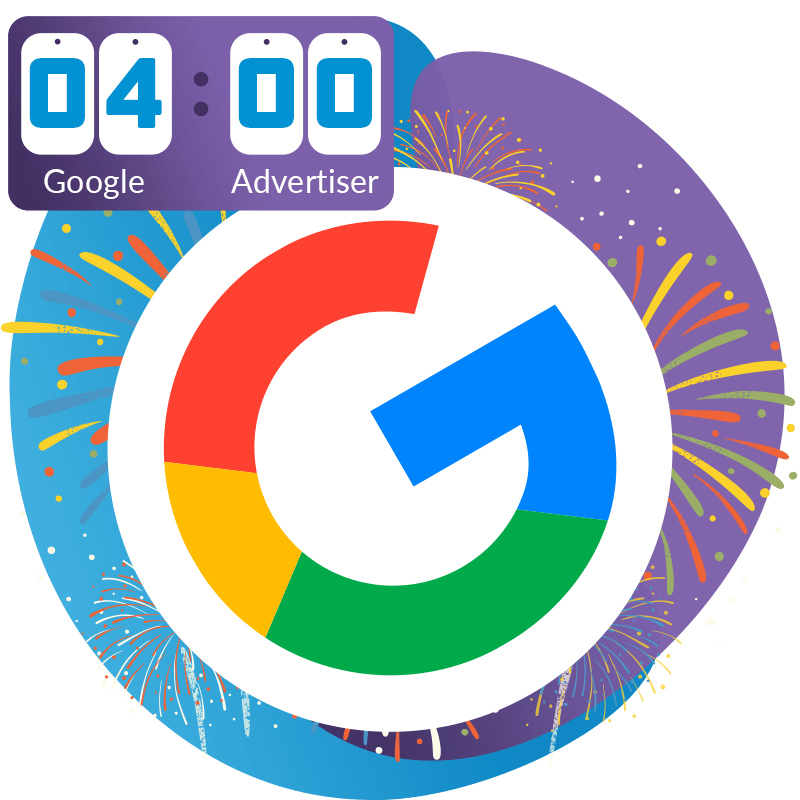
Sayu is a full service digital marketing agency with 20 years of experience in delivering digital marketing campaigns for businesses of all sizes, from startups to global brands. Proud to be recognised by Google as a Premier Partner, being among the top 3% of Google's partners in the UK


